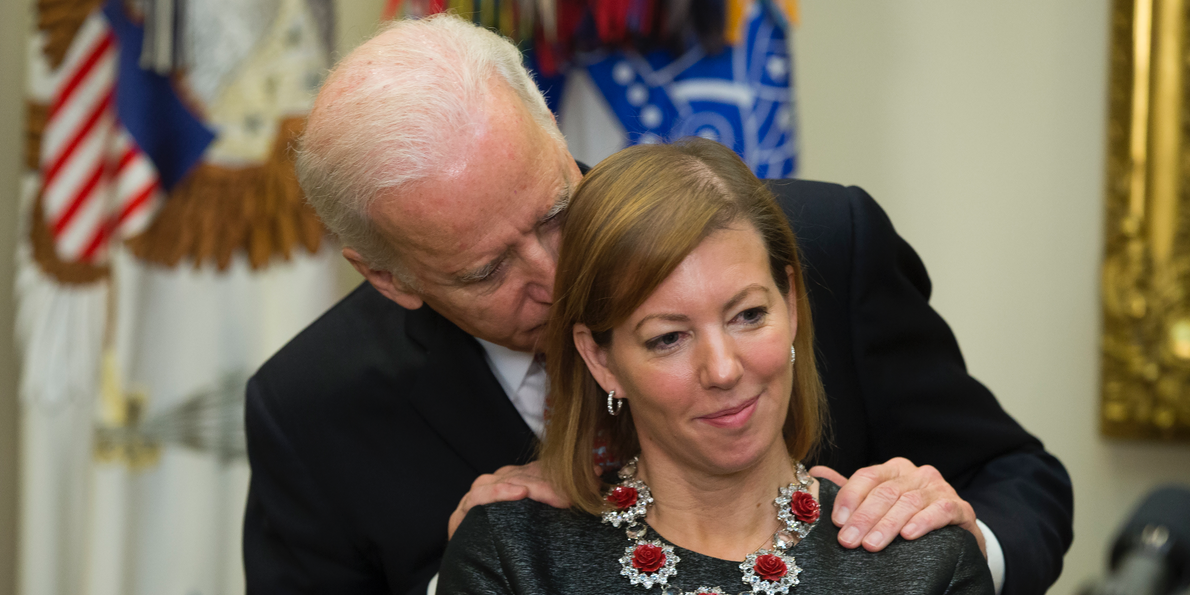G-7 Finance Ministers: Navigating Trade Disputes With The US

Table of Contents
Understanding the Current Trade Tensions between the G7 and the US
The relationship between the G7 nations (Canada, France, Germany, Italy, Japan, the United Kingdom, and the United States) and the US has historically been characterized by periods of both significant cooperation and intense conflict in trade. While the post-World War II era saw a largely collaborative approach to global trade, facilitated by agreements like the General Agreement on Tariffs and Trade (GATT), recent years have witnessed a rise in protectionist sentiment and trade disputes.
Current trade tensions stem from several key areas of contention:
- Tariffs: The imposition of tariffs on imported goods, particularly steel and aluminum, has been a major source of friction. These tariffs, often justified on national security grounds, have sparked retaliatory measures from G7 partners, leading to trade wars.
- Subsidies: Disputes arise over government subsidies provided to domestic industries, creating an uneven playing field for international competitors. The US has accused certain G7 nations of providing unfair subsidies, leading to counter-claims and disputes.
- Intellectual Property Rights (IPR): Protection of intellectual property rights remains a significant point of contention. Differences in enforcement and the perceived lack of protection for US intellectual property in certain G7 markets have led to trade friction.
Specific examples of current trade disputes include:
- Disagreements over digital services taxes, with the US arguing against such taxes imposed by several European nations.
- Trade disputes related to agricultural products, particularly between the US and the EU.
- Ongoing tensions regarding automotive tariffs and subsidies.
Key players involved include the US Trade Representative, various G7 finance ministries, and relevant industry associations. The economic impact of these disputes is substantial, affecting GDP growth, investment, and consumer prices in both the US and G7 nations.
Strategies Employed by G-7 Finance Ministers to Address Trade Disputes
The G7 Finance Ministers employ various diplomatic strategies to address trade disputes with the US. These include:
- Bilateral Negotiations: Direct negotiations between the US and individual G7 nations to address specific concerns. This approach allows for tailored solutions but can be time-consuming and may not address broader systemic issues.
- Multilateral Approaches: Cooperation within the G7 framework to present a unified front to the US on key trade issues. This can strengthen negotiating leverage but requires consensus-building among diverse national interests.
- Mediation by International Organizations: The G7 actively engages with the World Trade Organization (WTO) to resolve trade disputes through its dispute settlement mechanism.
Examples of successful negotiation strategies include:
- The renegotiation of the North American Free Trade Agreement (NAFTA) into the United States-Mexico-Canada Agreement (USMCA).
- Agreements on specific tariff reductions reached through bilateral talks.
Challenges faced include differing national interests, the complexity of trade regulations, and the political pressures involved in trade negotiations. The effectiveness of different diplomatic approaches varies depending on the specific issue, the willingness of all parties to compromise, and the overall global economic climate.
The Role of International Institutions and Agreements
International organizations such as the WTO and the International Monetary Fund (IMF) play a critical role in mediating and resolving trade disputes. The WTO's dispute settlement system provides a framework for resolving trade disagreements through binding arbitration. However, the effectiveness of the WTO has been challenged in recent years due to the blocking of appointments to the Appellate Body and increased protectionist measures by various countries.
Existing trade agreements, while offering a framework for cooperation, often fail to address the nuances of emerging trade challenges, particularly in areas such as digital trade and e-commerce. The potential for new agreements or revisions to existing ones focusing on these areas is crucial for managing future trade tensions.
Specific examples of WTO rulings or interventions include decisions on anti-dumping measures and countervailing duties. Strengths of existing agreements include promoting transparency and providing a mechanism for dispute resolution. Weaknesses include limitations in enforcement and the difficulty of adapting to rapid technological changes. Potential solutions offered by international institutions include promoting fairer trade practices, strengthening dispute settlement mechanisms, and fostering greater transparency.
Economic Consequences and Future Outlook
Ongoing trade disputes between the G7 and the US have significant economic consequences, both short-term and long-term. These include:
- Reduced trade volumes: Tariffs and other trade barriers decrease the volume of goods and services exchanged between countries.
- Increased prices for consumers: Tariffs increase the cost of imported goods, leading to higher consumer prices.
- Uncertainty and reduced investment: Trade disputes create uncertainty, discouraging businesses from investing and expanding.
Specific economic indicators affected include GDP growth, inflation rates, and unemployment levels. Predictions for future trade relations between the G7 and the US vary. Some analysts predict continued tension and potential further escalation, while others anticipate a gradual de-escalation through negotiated settlements.
Recommendations for mitigating negative economic consequences include promoting greater transparency in trade policies, strengthening international cooperation, and investing in diversification of supply chains.
G-7 Finance Ministers and the Path Forward in US Trade Relations
The G-7 Finance Ministers face significant challenges in navigating trade disputes with the US. Their strategies, ranging from bilateral negotiations to multilateral cooperation and engagement with international institutions, are crucial for managing these conflicts. However, the success of these strategies hinges on the willingness of all parties to compromise and engage in constructive dialogue. International cooperation and diplomacy remain vital for resolving these trade disputes and ensuring a stable and prosperous global economy. The future of trade relations between the G7 and the US will depend on addressing the underlying causes of tension and fostering a more collaborative approach to trade policy. There’s a clear need for innovative solutions to address challenges posed by digital trade and technology.
Stay informed on the latest developments in G7 trade policy to understand how these crucial negotiations impact the global economy. Learn more about the ongoing efforts of G-7 Finance Ministers to navigate complex trade issues with the US.

Featured Posts
-
 Migrant Hotel Fire Councillors Wife Says Comments Were Misinterpreted
May 22, 2025
Migrant Hotel Fire Councillors Wife Says Comments Were Misinterpreted
May 22, 2025 -
 Wednesdays Rise In Core Weave Inc Crwv Stock A Detailed Analysis
May 22, 2025
Wednesdays Rise In Core Weave Inc Crwv Stock A Detailed Analysis
May 22, 2025 -
 Where To Buy High Quality Cassis Blackcurrant
May 22, 2025
Where To Buy High Quality Cassis Blackcurrant
May 22, 2025 -
 Police Source Kartel Restrictions Implemented For His Protection Trinidad And Tobago Newsday
May 22, 2025
Police Source Kartel Restrictions Implemented For His Protection Trinidad And Tobago Newsday
May 22, 2025 -
 Projected Pittsburgh Steelers Schedule For 2025
May 22, 2025
Projected Pittsburgh Steelers Schedule For 2025
May 22, 2025
